
Swayambhunath: The Enchanting Monkey Temple of Kathmandu
Discover Swayambhunath, Kathmandu's sacred Monkey Temple, a harmonious blend of spirituality, history, and stunning views, nestled amidst the vibrant culture of Nepal.
Nestled atop a hill in the vibrant city of Kathmandu, Swayambhunath, also known as the Monkey Temple, is a UNESCO World Heritage Site that offers a unique blend of spiritual ambiance and breathtaking views. The stupa, adorned with the all-seeing eyes of Buddha, is one of the most iconic symbols of Nepal. As you ascend the 365 steps to the top, you are greeted by a panoramic vista of the Kathmandu Valley, making the climb well worth the effort. The Swayambhunath complex is steeped in history and mythology. According to legend, the hill was once an island, and the stupa emerged spontaneously from a lotus flower. This sacred site is a melting pot of both Hindu and Buddhist traditions, reflecting the rich cultural tapestry of Nepal. The air is filled with the sound of prayer wheels, fluttering prayer flags, and the occasional chatter of monkeys, which are believed to be holy. Beyond the stupa, the surrounding area offers a plethora of attractions. There are numerous shrines, temples, and an intriguing museum that delve into the region's spiritual heritage. The complex is also home to a Tibetan monastery, where you can witness monks engaged in their daily rituals. Whether you're a history buff, a spiritual seeker, or simply someone who enjoys stunning vistas, Swayambhunath has something to offer everyone.
Local tips in Swayambhunath
- Visit early in the morning or late afternoon to avoid crowds and enjoy the best light for photography.
- Wear comfortable shoes for the climb and be prepared for the steep steps.
- Keep an eye on your belongings as the resident monkeys are known to snatch loose items.
- Respect local customs by walking clockwise around the stupa and spinning prayer wheels in the same direction.
- Bring small denominations of Nepali Rupees for donations and to light butter lamps for good luck.
Swayambhunath: The Enchanting Monkey Temple of Kathmandu
Nestled atop a hill in the vibrant city of Kathmandu, Swayambhunath, also known as the Monkey Temple, is a UNESCO World Heritage Site that offers a unique blend of spiritual ambiance and breathtaking views. The stupa, adorned with the all-seeing eyes of Buddha, is one of the most iconic symbols of Nepal. As you ascend the 365 steps to the top, you are greeted by a panoramic vista of the Kathmandu Valley, making the climb well worth the effort. The Swayambhunath complex is steeped in history and mythology. According to legend, the hill was once an island, and the stupa emerged spontaneously from a lotus flower. This sacred site is a melting pot of both Hindu and Buddhist traditions, reflecting the rich cultural tapestry of Nepal. The air is filled with the sound of prayer wheels, fluttering prayer flags, and the occasional chatter of monkeys, which are believed to be holy. Beyond the stupa, the surrounding area offers a plethora of attractions. There are numerous shrines, temples, and an intriguing museum that delve into the region's spiritual heritage. The complex is also home to a Tibetan monastery, where you can witness monks engaged in their daily rituals. Whether you're a history buff, a spiritual seeker, or simply someone who enjoys stunning vistas, Swayambhunath has something to offer everyone.
Iconic landmarks you can’t miss
Swoyambhu Mahachaitya
Explore Swoyambhu Mahachaitya, a UNESCO World Heritage site, and discover the spiritual heart of Kathmandu with stunning views and rich cultural heritage.
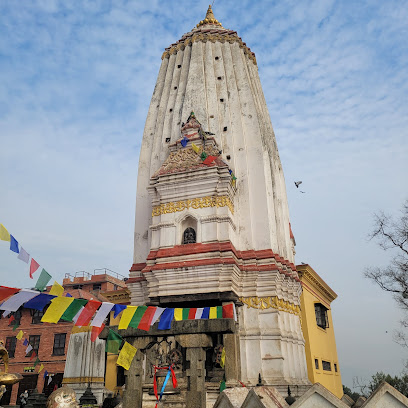
Swayambhu Buddha Park - Ring Road
Experience the tranquility of Swayambhu Buddha Park, a serene oasis in Kathmandu, where nature and spirituality come together for an unforgettable escape.
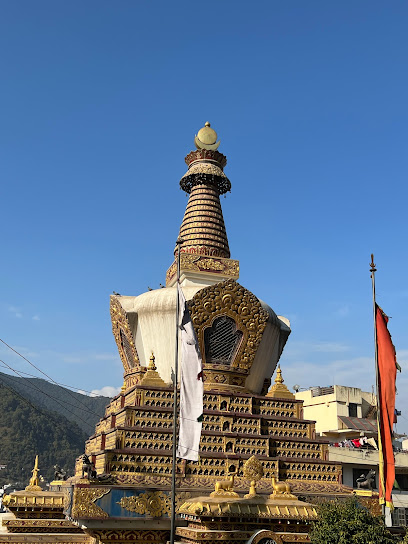
Bhagwan Pau
Discover the architectural marvel of Bhagwan Pau, a UNESCO World Heritage site in Kathmandu, rich in history and cultural significance.
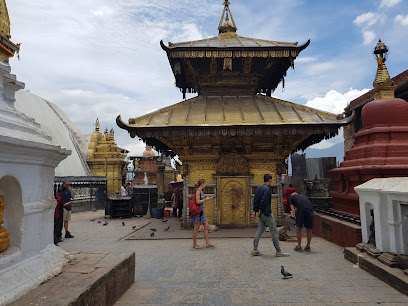
Statue of Peace - Swoyambhu
Discover the Statue of Peace at Swoyambhu, a UNESCO World Heritage Site in Kathmandu that embodies serenity and harmony amidst breathtaking views.
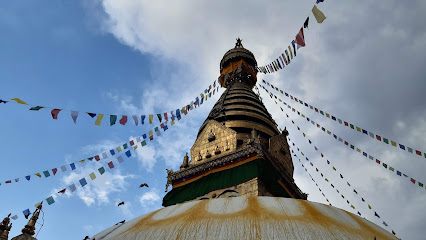
Big Buddha Idol
Discover the spiritual essence of Nepal at the Big Buddha Idol, a towering symbol of peace and enlightenment in Swayambhu.
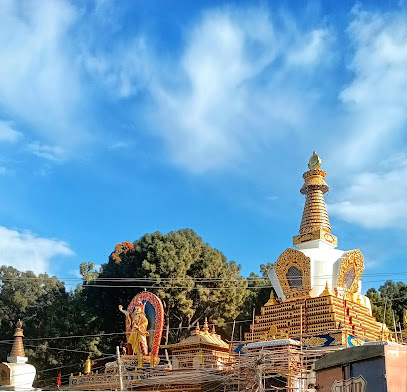
Bajradhatu Chaitya
Explore the serene beauty of Bajradhatu Chaitya, a historic Buddhist temple in Kathmandu, where spirituality meets stunning architecture.
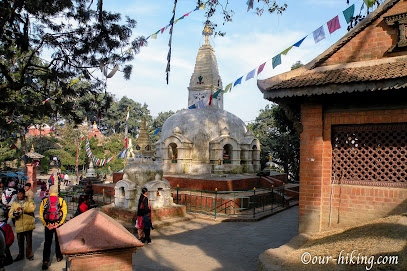
Kashyap Stupa
Explore Kashyap Stupa in Kathmandu, a serene Buddhist temple offering rich culture, stunning architecture, and breathtaking views of the valley.

Buddha Idols बुद्ध प्रतिमा
Explore the captivating Buddha Idols in Kathmandu, a serene blend of artistry, spirituality, and breathtaking views of the valley.
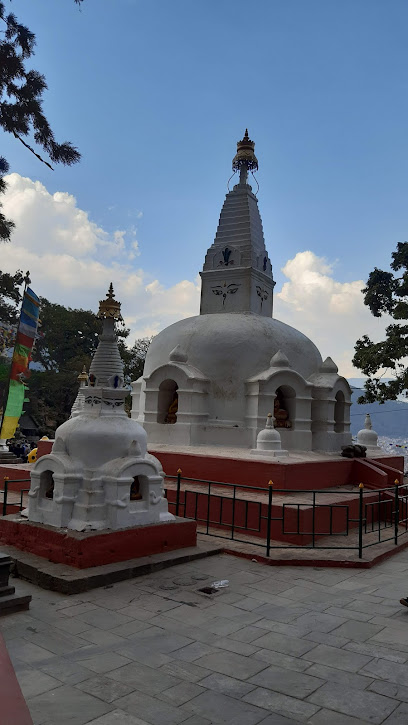
Dorje
Discover the rich historical tapestry of Dorje in Kathmandu, a captivating landmark that blends spirituality, artistry, and serene beauty.
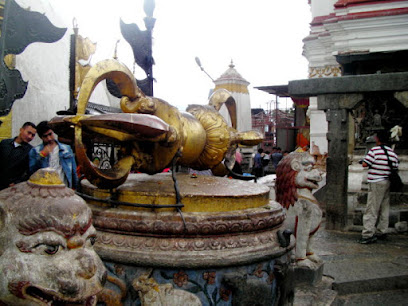
अजिमा पोखरी
Explore the iconic Swayambhunath Stupa, a spiritual sanctuary in Kathmandu, offering stunning views and rich cultural experiences for every traveler.

Unmissable attractions to see
Garden of Dreams
Discover tranquility at the Garden of Dreams in Kathmandu, a beautiful retreat with stunning architecture and lush landscapes, perfect for relaxation.

Swayambhu Buddha Park - Ring Road
Experience serenity and cultural richness at Swayambhu Buddha Park, a tranquil retreat in the heart of Kathmandu, perfect for relaxation and spiritual exploration.
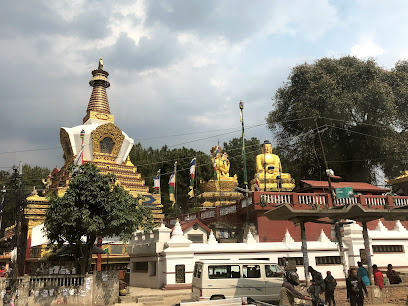
Single Tree
Experience the spiritual tranquility and architectural beauty of Single Tree, a cherished Hindu temple in Kathmandu, Nepal.
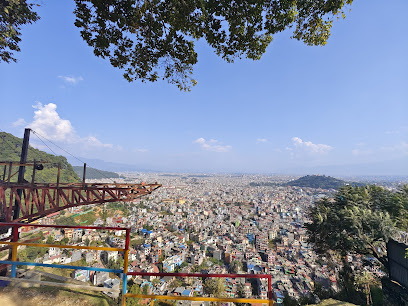
Natural History Museum
Explore the Natural History Museum in Kathmandu for a fascinating journey through Nepal's unique biodiversity and geological treasures.
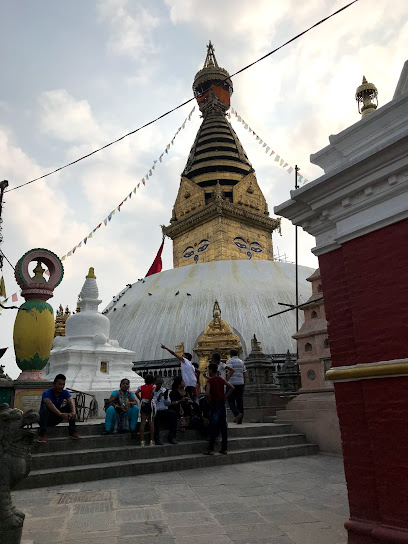
Maha Manjushree Temple
Experience the serene beauty and spiritual essence of Maha Manjushree Temple in Kathmandu, a must-visit Buddhist sanctuary.
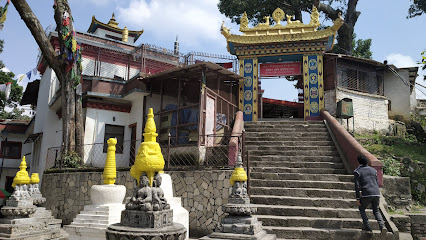
Statue of Peace - Swoyambhu
Explore the Statue of Peace in Swoyambhu, a breathtaking historical landmark with stunning views and deep cultural significance in Kathmandu.
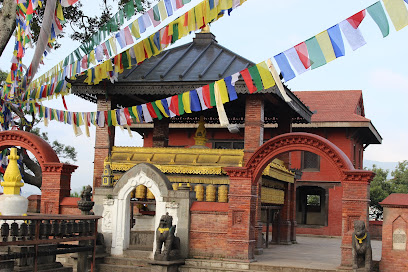
Swayambhu Buddhist Museum
Explore the Swayambhu Buddhist Museum, a serene haven in Kathmandu showcasing the rich tapestry of Buddhist art and history.
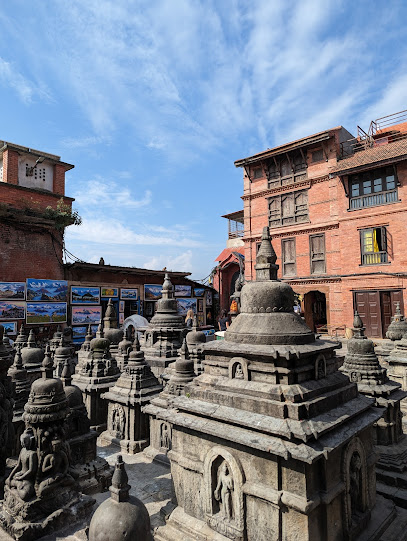
अजिमा पोखरी
Discover the enchanting Swayambhunath Stupa, a UNESCO site blending spirituality, history, and stunning views in the heart of Kathmandu.
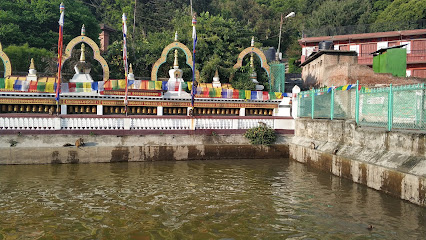
Kathmandu
Discover the vibrant culture and breathtaking sights of Kathmandu, a city where ancient traditions meet modern life in the heart of Nepal.

Essential places to dine
Basuri Restaurant
Discover authentic Nepali flavors at Basuri Restaurant in Kathmandu—where every dish tells a story.
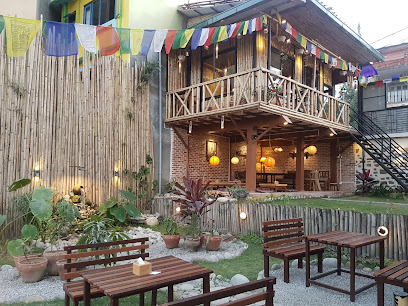
Aajima Laphing Center
Experience authentic Tibetan cuisine at Aajima Laphing Center in Kathmandu - home of delicious laphing and rich cultural heritage.
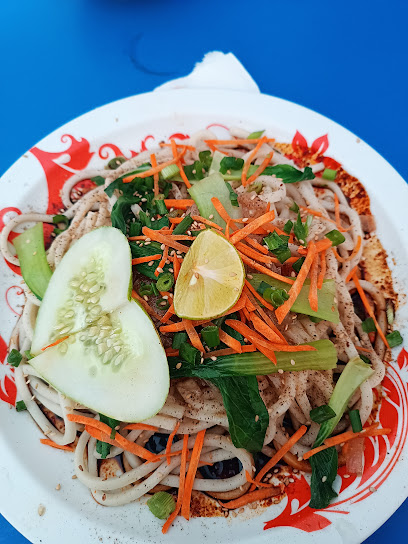
The safe house
Discover delicious fast food at The Safe House in Kathmandu – where taste meets convenience in the heart of Chhauni.

Le petit bistro
Discover authentic flavors at Le Petit Bistro in Swayambhu, Kathmandu – where culinary excellence meets warm hospitality.
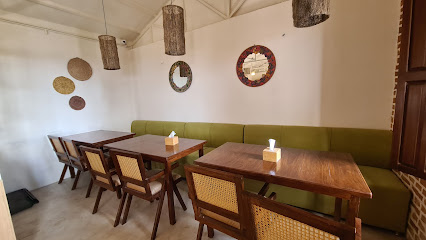
Munch Cafe
Experience the best of Nepalese cuisine at Munch Cafe in Kathmandu - where every bite tells a story.
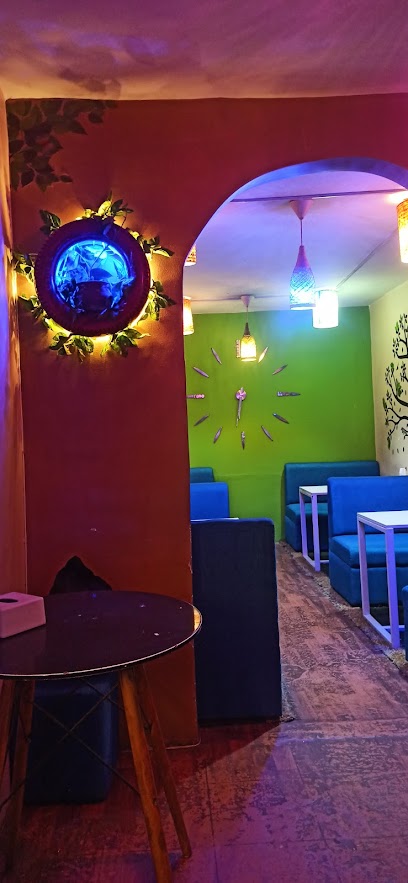
Om Buddha Restaurant
Discover family-friendly dining at Om Buddha Restaurant in Kathmandu, where local flavors meet warm hospitality in an inviting atmosphere.

Ajima Restro
Discover family-friendly dining at Ajima Restro in Kathmandu—enjoy diverse dishes near Swayambhunath Temple.
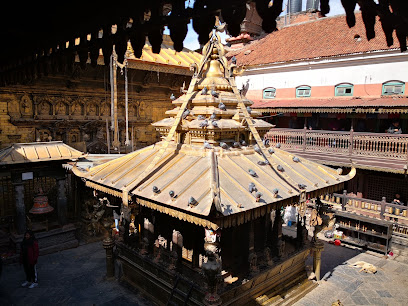
Maitri Tibetan Restaurant
Experience authentic Tibetan flavors at Maitri Tibetan Restaurant in Kathmandu - a culinary journey through tradition and taste.
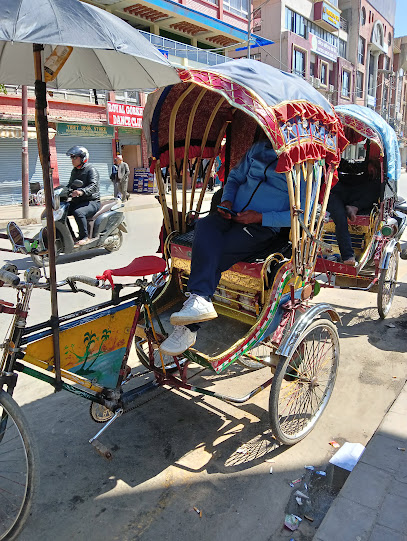
Rooftop Restaurant
Experience authentic Tibetan cuisine with breathtaking views at Rooftop Restaurant in Kathmandu.

Restaurants
Discover authentic Nepalese flavors in Swayambhu's charming restaurant scene - where tradition meets taste.

Markets, malls and hidden boutiques
Swoyambhu Supermarket Pvt Ltd
Explore Swoyambhu Supermarket Pvt Ltd: A vibrant shopping hub in Nagarjun, offering groceries, baby products, and unbeatable deals for every traveler.
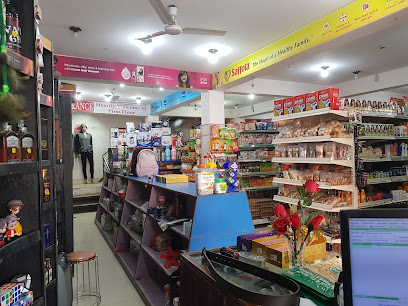
Swayambhu Art Gallery
Explore the vibrant artistic heritage of Nepal at Swayambhu Art Gallery, a treasure trove of local crafts and unique art pieces.
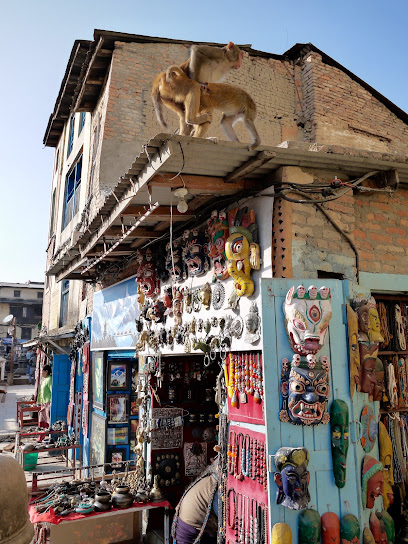
Newa Gallery
Explore the artistic heart of Kathmandu at Newa Gallery, where culture and creativity come to life through exquisite art and antiques.

Souvenir shop
Discover unique handicrafts and memorable souvenirs near the iconic Buddha Stupa in Kathmandu, capturing the essence of Nepal's rich culture.
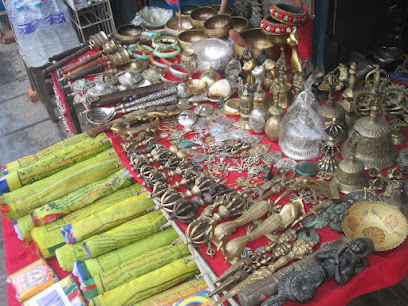
International Buddhist Shop
Discover spiritual treasures and unique handicrafts at the International Buddhist Shop in Kathmandu, a serene shopping experience steeped in rich culture.

Sk boutique (ladies shop)
Discover unique women's fashion at SK Boutique, where tradition meets contemporary style in the heart of Kathmandu.

Allstarfashionwear
Discover unique fashion at Allstarfashionwear in Swayambhu, Kathmandu, where local styles meet modern trends for an unforgettable shopping experience.

Buddhist Sound of Healing Bowl
Experience the serene world of Tibetan sound healing at the Buddhist Sound of Healing Bowl in Kathmandu, a unique store for wellness enthusiasts.

Green Tara Buddhist Handicraft
Discover the rich artistry of Nepal at Green Tara Buddhist Handicraft, where every piece tells a story of culture and craftsmanship.

Mohan Store
Explore local flavors and essentials at Mohan Store, a charming grocery haven in the heart of Kathmandu's Swayambhu area.

Essential bars & hidden hideouts
Buddha Bar
Experience the tranquil charm of Buddha Bar in Thamel, Kathmandu—where relaxation meets vibrant nightlife and cultural experiences.
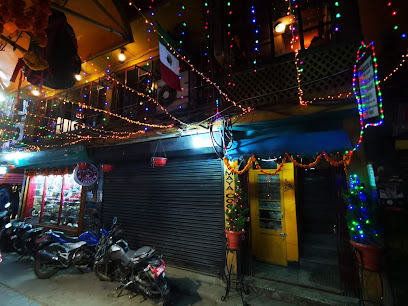
Everest Irish Pub
Discover the vibrant atmosphere of Everest Irish Pub in Kathmandu, where Irish charm meets Nepali hospitality with delightful food and drinks.
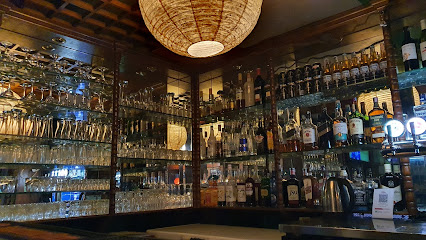
The Bar Bar Black Sip
Experience the lively nightlife at The Bar Bar Black Sip in Thamel, Kathmandu, with great music, friendly vibes, and a fun atmosphere.
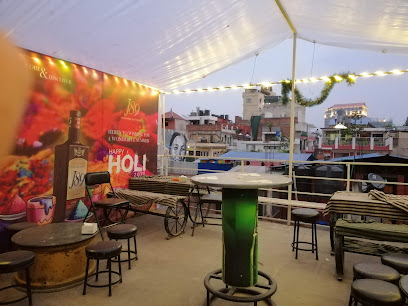
London Pub
Discover Kathmandu's vibrant nightlife at London Pub, where local flavors and a lively atmosphere come together for an unforgettable experience.
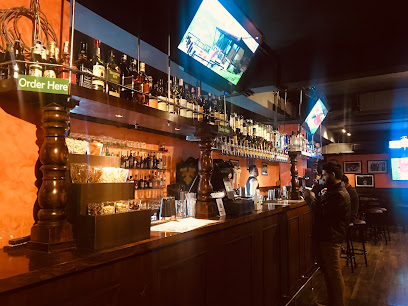
The Fourth Floor Restaurant and Bar - Swoyambhu
Experience stunning views and exquisite cuisine at The Fourth Floor Restaurant and Bar in Swayambhu, Kathmandu - a perfect blend of taste and scenery.
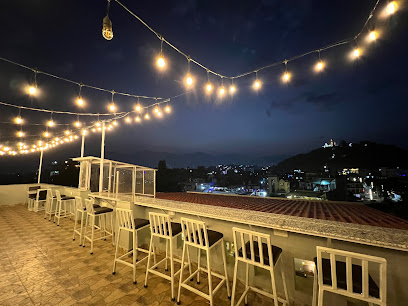
The Cool Bar
Experience the vibrant nightlife at The Cool Bar in Kathmandu, where refreshing drinks and a friendly atmosphere await every visitor.
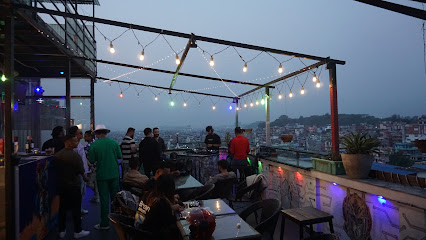
Sweet Honey Restaurant & Agro Tourism
Explore the best of Nepali cuisine and agro-tourism at Sweet Honey Restaurant in Kathmandu, where every meal is a taste of the local culture.
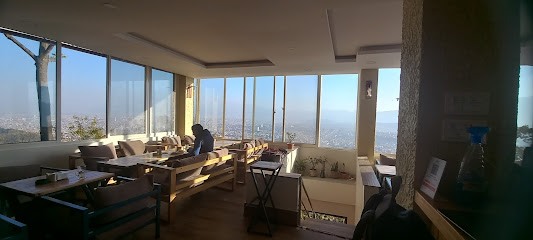
La Gusto Restro and Bar
Experience the vibrant flavors and welcoming atmosphere at La Gusto Restro and Bar in Kathmandu, a perfect spot for food lovers and social gatherings.
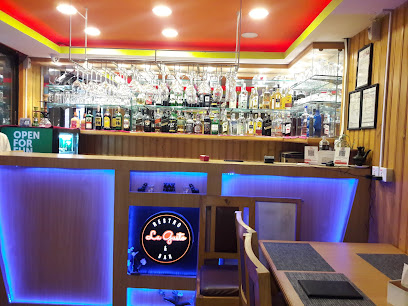
Royal Liquors
Experience the vibrant nightlife of Kathmandu at Royal Liquors, where local culture meets a diverse drink selection in a cozy atmosphere.

Thakali bhansa home
Discover the authentic taste of Thakali cuisine in Kathmandu at Thakali Bhansa Home, where tradition meets flavor in a cozy setting.

Local Phrases
-
- Helloनमस्कार
[Namaskār] - Goodbyeफेरि भेटौं
[Phēri bhēṭauṁ] - Yesहो
[Ho] - Noहोइन
[Hōina] - Please/You're welcomeकृपया / स्वागतम्
[Kṛpayā / Svāgatam] - Thank youधन्यवाद
[Dhanyavād] - Excuse me/Sorryक्षमा गर्नुहोस् / माफ गर्नुहोस्
[Kṣamā garnuhōs / Māpha garnuhōs] - How are you?तपाईंलाई कस्तो छ?
[Tapā'īnlā'ī kastō cha?] - Fine. And you?राम्रो छ। तपाईंलाई?
[Rāmrō cha. Tapā'īnlā'ī?] - Do you speak English?तपाईंले अंग्रेजी बोल्नुहुन्छ?
[Tapā'īnlē aṅgrējī bōlnuhunchha?] - I don't understandमलाई बुझिन
[Malā'ī bujhin]
- Helloनमस्कार
-
- I'd like to see the menu, pleaseकृपया मेनु हेर्न चाहन्छु
[Kṛpayā mēnu hērn cāhanchu] - I don't eat meatम मासु खाँदैन
[Ma māsu khā'dain] - Cheers!चियर्स!
[Ciyarsa!] - I would like to pay, pleaseकृपया म तिर्न चाहन्छु
[Kṛpayā ma tirn cāhanchu]
- I'd like to see the menu, pleaseकृपया मेनु हेर्न चाहन्छु
-
- Help!मदत!
[Madat!] - Go away!दूर हिड्नुहोस्!
[Dūra hiḍnuhōs!] - Call the Police!प्रहरीलाई बोलाउनुहोस्!
[Praharīlā'ī bōlā'unuhōs!] - Call a doctor!डाक्टरलाई बोलाउनुहोस्!
[Ḍākṭarlā'ī bōlā'unuhōs!] - I'm lostम गुमाएको छु
[Ma gumā'ēkō chu] - I'm illम बिरामी छु
[Ma birāmī chu]
- Help!मदत!
-
- I'd like to buy...म खरीदन चाहन्छु...
[Ma kharīdan cāhanchu...] - I'm just lookingम सिर्जना गरिरहेको छु
[Ma sirjanā gari rahēkō chu] - How much is it?यो कति हो?
[Yō kati hō?] - That's too expensiveत्यो धेरै महँगो छ
[T'yō dhērai mahango cha] - Can you lower the price?तपाईं मूल्य कम गर्न सक्नुहुन्छ?
[Tapā'ī mūlya kam garn saknuhunchha?]
- I'd like to buy...म खरीदन चाहन्छु...
-
- What time is it?कति बजेको छ?
[Kati bajēkō cha?] - It's one o'clockएक बजे छ
[Ēka bajē cha] - Half past (10)दसबजे अर्ध बजे
[Dasabajē ardh bajē] - Morningबिहान
[Bihāna] - Afternoonदिउँसो
[Di'uṁsō] - Eveningसाँझ
[Sāṁjha] - Yesterdayहिजो
[Hijō] - Todayआज
[Āja] - Tomorrowभोलि
[Bhōli] - 1एक
[Ēka] - 2दुई
[Du'ī] - 3तीन
[Tīna] - 4चार
[Cāra] - 5पाँच
[Pā'ṁca] - 6छ
[Cha] - 7सात
[Sāta] - 8आठ
[Āṭha] - 9नौ
[Nau] - 10दश
[Daśa]
- What time is it?कति बजेको छ?
-
- Where's a/the...?यहाँ कहाँ...?
[Yahā'īṁ kahā'ī...?] - What's the address?ठेगाना के हो?
[Ṭhēgānā kē hō?] - Can you show me (on the map)?तपाईंले मलाई (नक्सामा) देखाउन सक्नुहुन्छ?
[Tapā'īnlē malā'ī (Naksāmā) dēkhā'un saknuhunchha?] - When's the next (bus)?अर्को (बस) कहिले छ?
[Arkō (Basa) kahilē cha?] - A ticket (to ....)एक किटामा (.... मा)
[Ēka kiṭāmā (.... Mā)]
- Where's a/the...?यहाँ कहाँ...?
History of Swayambhunath
-
Swayambhunath, also known as the Monkey Temple, is steeped in legend, with tales suggesting that it was established over 2,000 years ago. According to local folklore, the Stupa was built on a hill that emerged from a vast lake, representing the lotus flower of enlightenment. It is said that the great sage Manjushri discovered this sacred site while seeking wisdom, marking the area as one of the earliest Buddhist sites in the Kathmandu Valley.
-
During the Malla period (12th to 18th century), Swayambhunath became a prominent center for both Buddhism and Hinduism. The Malla kings patronized the construction of various temples, stupas, and shrines, which contributed to the architectural richness of the site. The intricate carvings and gold-plated roofs of the temples reflect the artistic advancements of the time, showcasing the syncretic culture of the valley.
-
In the 15th century, Swayambhunath witnessed the influx of Tibetan Buddhism, which brought with it unique rituals and practices. The stupa became a pilgrimage site for Tibetan monks and devotees, promoting cultural exchange between Nepal and Tibet. This influence is evident in the distinctive Tibetan prayer flags and the numerous Vajrayana symbols adorning the stupa, making it an important hub for Buddhist worship and education.
-
The devastating earthquake in April 2015 caused significant damage to Swayambhunath, with many structures suffering structural failures. The stupa, however, largely remained intact, a testament to its historical resilience. In the aftermath, restoration efforts commenced, involving local artisans and international support to preserve the cultural integrity of the site. This period highlighted the importance of Swayambhunath not just as a religious site, but as a symbol of national heritage and unity.
-
Today, Swayambhunath continues to be a vibrant religious site, attracting both local and international visitors. It serves as a focal point for Buddhist education and meditation, with numerous monasteries surrounding the stupa. The area also engages in various cultural festivals, such as Buddha Jayanti, which celebrates the birth of Buddha, revealing the enduring significance of Swayambhunath in the spiritual and cultural landscape of Kathmandu and Nepal.
Swayambhunath Essentials
-
Swayambhunath, also known as the Monkey Temple, is easily accessible from various neighborhoods in Kathmandu. From Thamel, you can take a taxi or a local bus to Swayambhu. Taxis are the most convenient option, taking around 30 minutes depending on traffic. Local buses also operate frequently from different parts of the city, but they may require you to walk a bit to reach the stupa. If you're feeling adventurous, consider a bicycle ride, which offers a unique perspective of the city.
-
Swayambhunath is a compact area, and most attractions can be explored on foot. The main stupa is surrounded by a pathway that leads to various shrines and viewpoints. Taxis are available for longer trips, and you can also hire a bicycle for a more active exploration. However, be cautious of the steep paths leading to the stupa, which can be challenging for some travelers.
-
Swayambhunath is generally safe for tourists, but standard precautions should be taken. Avoid wandering alone in less populated areas at night and keep an eye on your belongings in crowded places. Petty crime, such as pickpocketing, can occur in crowded areas. Areas around the stupa are safe but be cautious in nearby alleyways after dark.
-
In case of an emergency, dial 100 for police, 102 for fire, and 101 for ambulance services in Nepal. The nearest hospital is Tribhuvan University Teaching Hospital, located a short taxi ride away. It is advisable to have travel insurance that covers medical emergencies. Local pharmacies are available for minor health issues.
-
Fashion: Do dress modestly when visiting the stupa. Avoid shorts and sleeveless tops. Religion: Do show respect at religious sites by removing your shoes and not pointing your feet at sacred objects. Public Transport: Do be courteous to fellow passengers. Don't engage in loud conversations. Greetings: Do greet locals with a 'Namaste' and a slight bow. Eating & Drinking: Do try local snacks like 'samosas' from stalls. Don't eat in front of monks or at religious sites.
-
To experience Swayambhunath like a local, visit during early morning or late afternoon to avoid crowds and enjoy the serene atmosphere. Engage with local vendors selling traditional crafts and food. Don't miss the chance to observe the monkeys, but be cautious with your belongings as they are known to snatch items. Take time to explore the surrounding hills for stunning views of Kathmandu.









